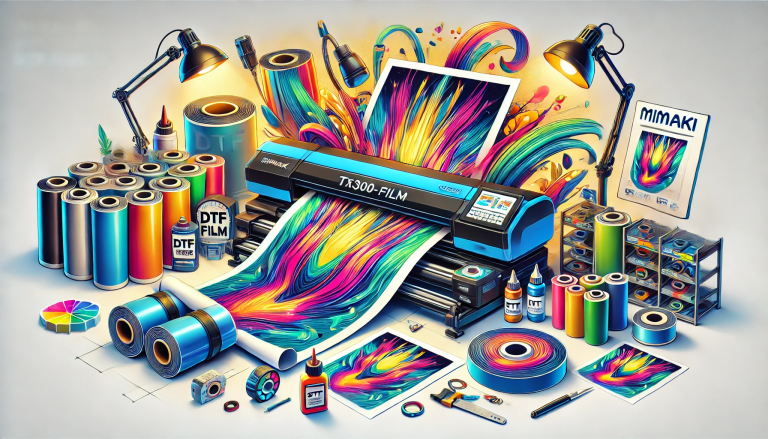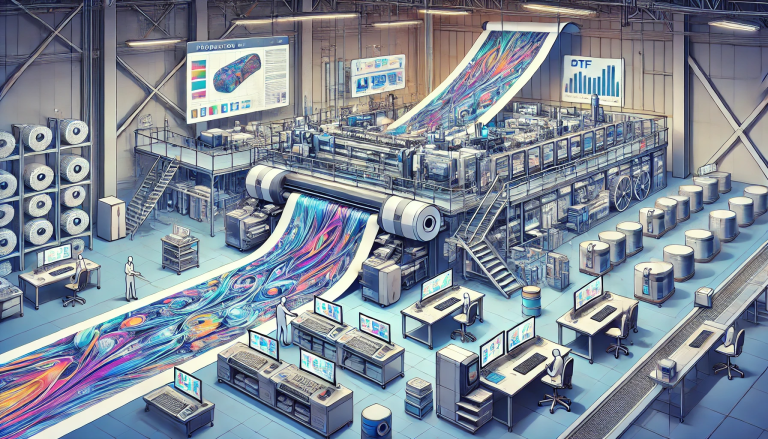“Mastering the Art of DTF Transfer: A Comprehensive Guide” -MAXDTF- DTF sheet Supplier, DTF A3 Factory, Made in China
Introduction
The advancements in the digital world have led to remarkable progress in various industries, and textile printing is no exception. Among the numerous technological innovations, Direct-to-Film (DTF) transfer has emerged as a groundbreaking technique that empowers designers to apply complex digital designs onto various fabric surfaces. This essay will delve into the intricate process of DTF transfer application. It will outline the preliminary preparation, necessary tools and equipment, application process, helpful tips for success, and potential future directions of this transformative technology.
Part 1: Initial Preparation for DTF Transfer Application
The first step in the DTF transfer process is the creation of a design using digital tools. An assortment of software can be employed to bring your artistic vision to life, including professional-grade tools such as Adobe Illustrator or Photoshop, or simpler platforms like Canva for beginners.
After creating the design, it’s crucial to ensure it’s saved in the correct resolution to guarantee a clear, sharp print. Also, as DTF transfer allows for full-color designs, it’s essential to adjust the color settings accurately for faithful reproduction.
The next preparation step involves the materials and equipment needed for the process. This includes a DTF printer, specific DTF inks (CMYK and white pigment ink), DTF transfer film, adhesive powder, a heat press or iron, and the fabric or garment onto which the design will be transferred.
Part 2: Essential Equipment and Materials for DTF Transfer
The heart of the DTF transfer process is the DTF printer, a specialized printer capable of producing high-resolution images using DTF inks on a DTF transfer film. This printer is designed to handle the nuances of the DTF transfer process and to work seamlessly with other required materials.
DTF inks are specially formulated to adhere well to the DTF transfer film and create vibrant, long-lasting designs. These inks, combined with the unique properties of the DTF transfer film, enable the production of high-quality images.
The adhesive powder is a critical element in the DTF transfer process. This powder acts as a binding agent, ensuring that the printed design adheres to the fabric during the heat application process. The heat press or iron used to apply the design also plays a crucial role as it provides the necessary heat and pressure to activate the adhesive and bond the design onto the fabric.
Part 3: Procedure for Applying for DTF Transfer
The DTF transfer process begins with printing the digital design onto the DTF transfer film. The film is loaded into the printer, and the design is printed using inkjet technology, ensuring a high-quality, precise image.
Once the design is printed, the film is evenly coated with adhesive powder. This powder-embedded film is then passed through a heat tunnel or oven, activating the adhesive powder and bonding it to the ink on the film. This step prepares the film for the final transfer onto the fabric.
The final step involves the use of a heat press or iron. The film is positioned on the fabric, and heat and pressure are applied, activating the adhesive and transferring the design onto the fabric. After the fabric has cooled, the film is peeled away, revealing the transferred design.
Part 4: Tips for Successful DTF Transfer Application
Successful DTF transfer requires careful attention to a few key elements. Firstly, the heat press’s temperature and pressure settings must be correctly adjusted to match the requirements of the adhesive powder and the fabric being used. A consistent and appropriate heat level ensures a firm bond and a clean transfer.
Secondly, the amount of adhesive powder applied should be carefully controlled. An insufficient amount might result in a weak bond between the design and the fabric, while an excessive amount could lead to




